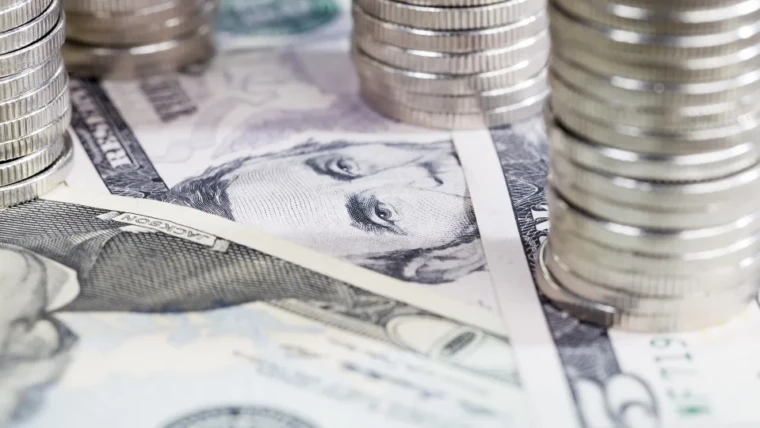A counterfeiter can directly forge the markings and use several cons when trading the items as genuine precious metals. Gold and silver refineries go to great lengths to ensure the purity of newly minted bullion and bars; by law, they must include specific information to enter the market. The problem is that the markings are overt and highly visible, including serial numbers, purity, weight, and origin. Indeed, the intrinsic value of precious metals hinges upon reliable authenticity and provenance.
As such, authentication technologies for precious metals products continuously evolve to stay one step ahead of the multinational criminal enterprises responsible for flooding legitimate markets with illicit trade. Ultimately, the goal is to make it as difficult as possible for counterfeiters to fabricate convincing copies of precious metal coins and other products, so consumers and collectors can confidently identify and purchase real items. Without a doubt, building a robust ecosystem of anti-counterfeit technologies is how mints can strengthen security in addition to their current defense posture.
Overview of counterfeiting threats
Overall, the most common fake precious metals include gold, silver, and platinum, and fakes can enter circulation in many ways. For instance, a criminal could forge the certificate of authenticity to fool unwitting online buyers into believing the item is pure. The difficulty is that the product may be high-quality but not as pure as the forged certificate claims. Fraudulent gold kilobars with a fineness of 99.99 mlb may be slightly less pure and indistinguishable from real gold kilobars.
Precious metal mint anti-counterfeiting features work well for tracking and traceability, yet fraudsters still have a semblance of success despite those measures. Current authentication technologies for precious metal products perform well when pinpointing fake metal copied with outdated, crude, or known forging techniques. For example, pirated gold ingots may be nothing more than gold-plated tungsten to mimic the proper weight, or the forgery can be a hollow gold bar filled with tungsten.
Without a doubt, the most convincing forgeries are nearly identical to their real counterparts, and the same holds true for minted precious metals. In 2019, Reuters reported on the rise of highly professional counterfeit precious metals. Today’s fake gold bullion can have an identical print depth and well-replicated brand logos, both of which require complex machinery and knowledge that criminal enterprises didn’t demonstrate several years ago. A small amount of counterfeit gold was also discovered in a major bank’s vault, showing that even highly secure financial institutions can fall victim to counterfeit precious metals counterfeiting.
According to Reuters, the counterfeit gold in question was of high quality and professionally refined, so it was only discovered when several bars had identical serial numbers. The fraudsters infringed upon copyrights and sold the gold as authentic precious metals. Indeed, all mints – whether they’re American, Canadian, or European – rely on their brand reputations to maintain market share. Consumers and collectors must trust that the gold is authentic, and today’s intricate forgeries erode that trust with each incident.
Security features
Counterfeit prevention for precious metal coins and kilobars differs from company to company. Unbeknownst to fraudsters, precious metals originating from a well-known mint will have several covert security features. Many are proprietary because the idea is to make the metal incredibly difficult to copy, if not impossible, to fake. Microprinting and special ink give brands a way to stamp additional identifiers, or the surface of the metal can include a special hologram. Even special engravings and proprietary designs distinguish mints from one another. Gold remains a common precious metal worldwide, but the magnificent bullion, bars, and coins produced by the top refiners in the world have a distinct character that collectors value.
Serial numbers
Printing product serial numbers is a time-tested way to improve tracking and traceability. Since each item has a unique origin, serial numbers give manufacturers a way to keep track of an extensive product volume and a global supply chain. Nearly every product has a unique serial number of some kind, whether it be a barcode for shipping or a more high-tech solution printed on the item.
But despite widespread deployment, serial numbers alone don’t suffice as anti-counterfeiting protection. One solution that’s recently come to market is a blockchain-based system that ensures accurate information from end to end; however, it’s a mistake to equate traceability with authenticity. Building a system with perfect traceability of each product still won’t guarantee authenticity and needs to be coupled with additional security features for precious metal coins, preferably the covert variety, since con artists are always looking for ways to refine their criminal trade.
Quality control
Furthermore, the quality control issue only adds complexity, given today’s threat landscape. In previous years, it was possible to detect counterfeit coins and bars on sight due to poor quality. It was relatively simple for a professional to identify defects and inconsistencies, such as misspellings, missing unique identifiers, or haphazard stamping. Nevertheless, the problem at hand is that legitimate, high-quality gold can infringe upon the brands of world-class refineries, especially when purchased online at below-market prices.
Most consumers can’t distinguish real gold from fake precious metal, so they rely upon the mint to produce pure products. Fraudsters try to exploit this trust between consumer and brand, passing off lower-quality precious metals as pure. Certainly, precious metals have been forged for millennia. Still, the difference is this: the level of sophistication is alarming since professionals themselves can have trouble distinguishing real precious metals from well-thought fakes. The precious metals industry remains diligent against counterfeits, yet public education and outreach must also be part of the solution in addition to better technology.



